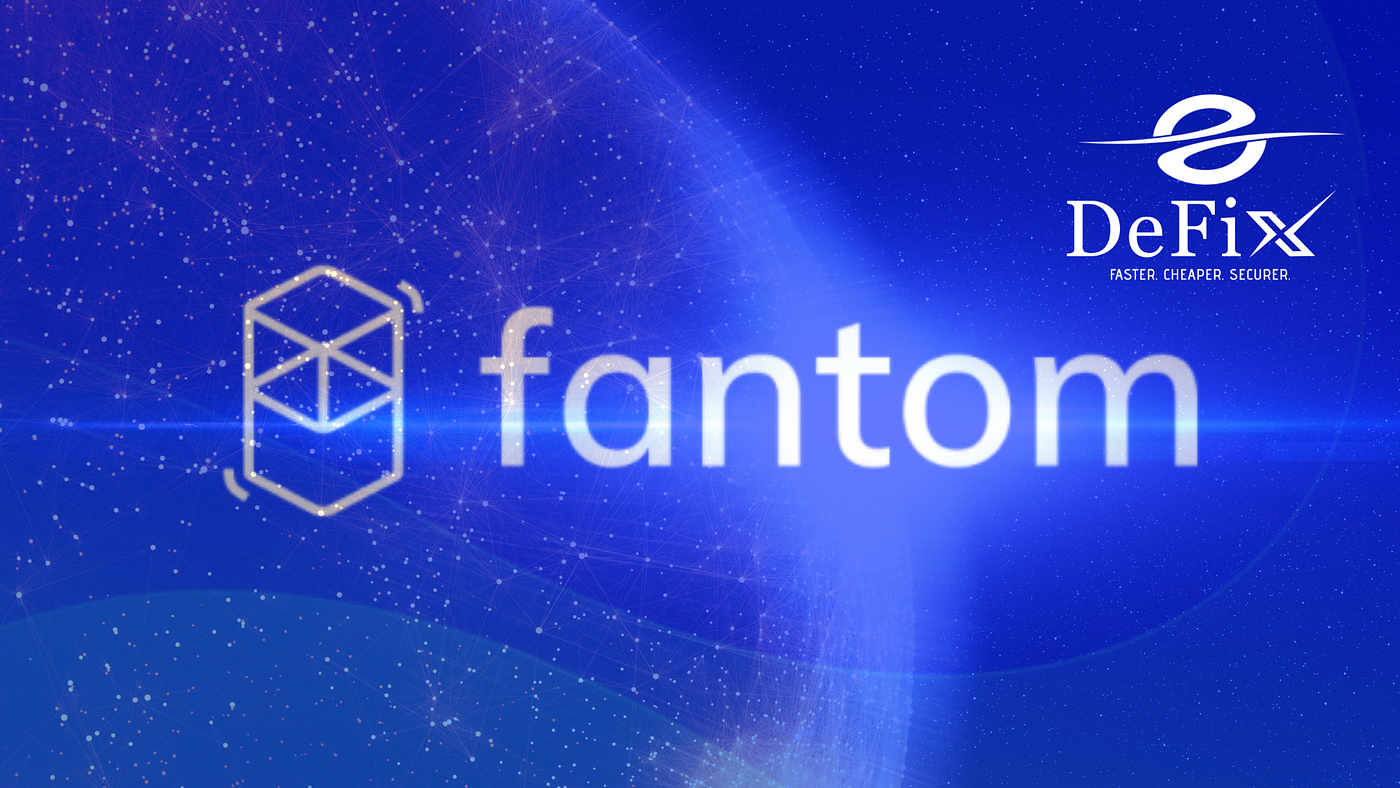
Fantom is a distributed, permissionless, accessible, intelligent contract framework for decentralized applications (dApps) and digital products. It is one of many blockchain networks designed as a competitor to Ethereum. The Fantom blockchain main net launched in December 2019, and its network design aims to address the blockchain trilemma by maintaining a stable equilibrium of scalability, safety, and decentralization.
As with other Eth competitors, Fantom aims to provide more scalability and cheaper costs than the traditional first-mover intelligent contract system Ethereum 1.0 can. The infrastructure of Fantom is connected through its Asynchronous Byzantine Fault Tolerant (aBFT) Proof-of-Stake (PoS) agreement method, which ensures the network’s operating efficiency. The aBFT network topology is optimized for security while optimizing performance.
Fantom Network Structure
Fantom is built on a custom “leaderless” proof-of-stake consensus mechanism called Lachesis, which protects the Fantom system and provides transaction speed and security. Lachesis is an aBFT consensus technique, which implies that network data may be processed at various times. The network can accept up to one-third of members participating in an erroneous or malicious activity without impairing network activities.
Additionally, Lachesis has a near-instantaneous conclusion. This implies that transactions are verified and completed in an average of one second, with no need to wait for arduous block confirmations as with Proof-of-Work (PoW) networks. This aBFT system is much quicker and more scalable than typical Byzantine Fault Tolerant (BFT) systems by omitting the somewhat long block confirmation phase.
When we look more closely at how Fantom’s Lachesis works, we discover that each network node has its own Directed Acyclic Graph (DAG). DAG stores the chronology of “event blocks”and their associated transactions, each node attaining internal agreement separately. Verified batches of event blocks are subsequently assembled into completed blocks and verified on the more extensive Fantom network. Finalized blocks, which comprise the Fantom blockchain’s foundation layer, form event blocks validated by separate nodes.
While autonomous Fantom nodes occasionally interact about events and transactions, they don’t confirm completed blocks or the network’s overall status. This design results in a rapid process system and reaches finality in a matter of seconds. Fantom emphasizes that its proof-of-stake method is leaderless, meaning that there are no block managers and no users who have a specific role in its functioning. Any moment, anybody may enter or leave the node network, and all nodes have equal merit in the consensus mechanism.

Fantom Blockchain Mainnet: Opera
The Lachesis consensus mechanism servers enable Fantom’s main net distribution platform, Opera, which hosts decentralized applications (dApps). Opera is a permission-free, open-source development environment. Due to its support for the Solidity computer language and connection with the Ethereum Platform it has the entire spectrum of Ethereum’s innovative contract capabilities (EVM). Fantom applications may be developed to be compatible with Ethereum platforms while retaining the Fantom network’s transactional efficiency.
A patented technology software development kit (SDK) dubbed the Fantom Digital Machine will soon be available for native Fantom. This continuous support for the EVM — a strategy to entice Ethereum-based decentralized application (dApp) devs to make an easy transition to developing on Fantom.
Fantom Staking, FTM Token, and DeFi Suite
The Fantom native utility token — FTM — enables the Fantom blockchain ecosystem to function. FTM coins are utilized on the network for staking, administration, transactions, and fees. There are 3.175 billion FTM coins available in total, with 2.5 billion in use as of March 2021. The remaining funds will be allocated as staking rewards for Fantom. FTM is offered as a local main net currency, an Ethereum ERC-20 token, and a Binance BEP-2 token.
Anyone with a minimum stake of 1 FTM may participate in Fantom staking by utilizing Multichain to exchange their ERC-20 or BEP-2 FTM tokens for Opera FTM coins. Additionally, at least 1 million FTM (worth nearly $1 million as of March 2021) must be staked to run a validator node on Fantom’s permissionless network.
Users may stake their FTM at any time with a validator node in exchange for a 4% annual percentage yield (APY) staking return, which is a standard staking mechanism. However, customers may take advantage of Fantom’s Fluid Rewards by locking up FTM for a defined amount of time — ranging from two weeks to a year — to earn up to a 12% annual percentage yield.
Additionally, Fantom utilizes a feature called Liquid Staking, which allows stakers to generate sFTM at a 1:1 ratio to their staked FTM for use as collateral. In Fantom Finance, Fantom’s package of DeFi applications enables users to benefit from their staked FTM.
Fantom’s strategy towards the DeFi and dApp landscapes is novel — as is the nature of its staking incentive scheme. Additional use cases for Fantom’s massively scalable intelligent contract platform include decentralized applications (dApps) for supply chain, payments, and innovative city initiatives, some of which are now being tested globally.
Fantom’s approach to rapid, scalable dApp deployment is still gaining a foothold in the broader blockchain ecosystem with its sophisticated and unique architecture. Although the developing dApp field is already crowded, the advantages of Fantom’s speed and compatibility to dApp developers are considerable, and the platform is primed to gain more significant popularity.
Conclusion
Lachesis, Fantom’s unique consensus method for decentralized apps (dApps), is the source of the platform’s speed and scalability. In addition, Fantom has a set of built-in decentralized finance (DeFi) capabilities and an easy-to-integrate interface for integrating existing dApps.







